Dual-chamber PC cases are designed to provide more space for your PC components. The primary purpose of doing this is to separate the warm components from non-heat exhaustive components so that the overall temperature of the PC can be lowered further.
- Dual-chamber cases are mostly full-tower ATX cases that separate the power-hungry components in the CPU from the rest of the components.
- The benefits of dual-chamber PC cases include vast build space, easier cable management, better cooling and airflow, and support for custom liquid cooling and dual PC setups, but they also have some disadvantages, i.e., high cost and larger size.
- Before buying a dual chamber case, it is recommended to confirm whether you have enough space on your workstation.
What Are Dual-Chamber PC Cases?
As the name suggests, these are cases with two chambers. Most dual-chamber cases are full-tower ATX cases, but mini-ITX and micro-ATX options are also available.[1]
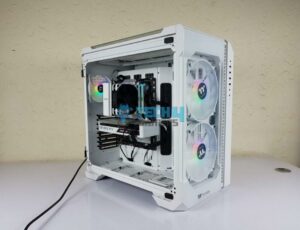
The main goal of these cases is to separate the warm components (mainly the CPU and graphics card) from the rest (storage and power supply, etc.).[1] This design with two separate compartments helps to achieve that goal.
Benefits Of Dual-Chamber Cases
Many advantages come with this dual-chamber design. Let’s discuss them.
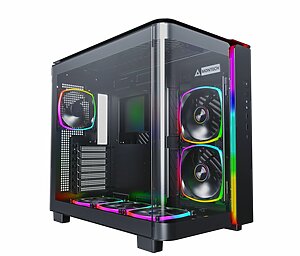
- Vast Space And Optimal Airflow: The heat generated in one chamber doesn’t affect the other chamber’s components because the power-hungry components are separated from the rest.[2]
- Ideal Aesthetics: You get to display the juicy, powerful elements in the front and the messy, unappealing components in the back.
Lian Li PC-O11 Dynamic Dual-Chamber PC Case (Image By Tech4Gamers) - Easy Cable Management: As the power supply goes into the back compartment, cable management becomes easy.
Downsides Of Dual-Chamber Cases
Dual-chamber cases don’t have any cons per se, but two apparent factors need to be noted.
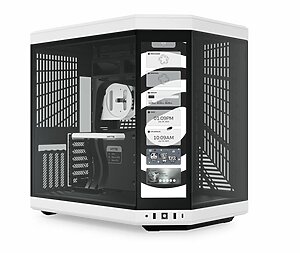
- Prices: Unlike standard ATX and ITX cases, dual-chamber cases are more toward the expensive side of things because of the additional features they bring to your setup.
- Large Size: As dual-chamber cases take up more volume in width and length than standard PC cases, their size can sometimes be a downside if you can’t find a dual-chamber case suitable for your workstation.
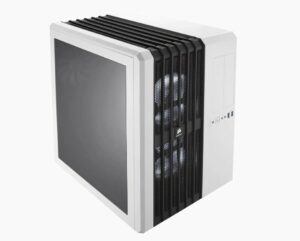
Final Thoughts
In our opinion, dual-chamber PC cases are entirely worth it. Except for mini-ITX cases, they openly support custom-loop water cooling. Moreover, many also support multiple radiators for all-in-one coolers, which benefits high-end systems.
If you don’t mind their large size and high price, you should consider them. While users share different opinions on whether a dual-chamber PC is worth it, many Reddit users prefer dual-chamber cases over standard ones, mentioning both pros and cons, echoing earlier points.
More Helpful Articles By Tech4Gamers:
- How To Control PC Case Fan Speed. [All Methods]
- PC Case Airflow [What, Why & How]
- How To Clean Your PC Without Compressed Air?
- How To Replace GPU Fans [All Steps Guide]
- How To Clean A Motherboard? [Definitive Guide]
References:
-
Make A Mini Marvel. Retrieved from https://www.mclibre.org/descargar/docs/revistas/custom-pc/custom-pc-219-en-202110.pdf
-
SFF.Network. Flux A01 – 16l ITX silent airflow case – 2 chamber design. Retrieved from https://www.reddit.com/r/PHbuildapc/comments/13dbofo/thoughts_on_dual_chamber_pc_cases/?rdt=37078
FAQs
Dual-chamber PC cases are a great option if you have the budget and ample space on your desk.
Many options are available for dual-chamber cases, like Lian Li’s PC-O11, Corsair’s Air 540, and Rosewill’s Cullinan PX.
Dual-chamber PC cases have many benefits. These include ample space for water cooling, better thermals and airflow, and better aesthetics.
Thank you! Please share your positive feedback. 🔋
How could we improve this post? Please Help us. 😔
[Wiki Editor]
Ali Rashid Khan is an avid gamer, hardware enthusiast, photographer, and devoted litterateur with a period of experience spanning more than 14 years. Sporting a specialization with regards to the latest tech in flagship phones, gaming laptops, and top-of-the-line PCs, Ali is known for consistently presenting the most detailed objective perspective on all types of gaming products, ranging from the Best Motherboards, CPU Coolers, RAM kits, GPUs, and PSUs amongst numerous other peripherals. When he’s not busy writing, you’ll find Ali meddling with mechanical keyboards, indulging in vehicular racing, or professionally competing worldwide with fellow mind-sport athletes in Scrabble at an international level. Currently speaking, Ali has completed his A-Level GCEs with plans to go into either Allopathic Medicine or Business Studies, or who knows, perhaps a full-time dedicated technological journalist.
Get In Touch: alirashid@tech4gamers.com


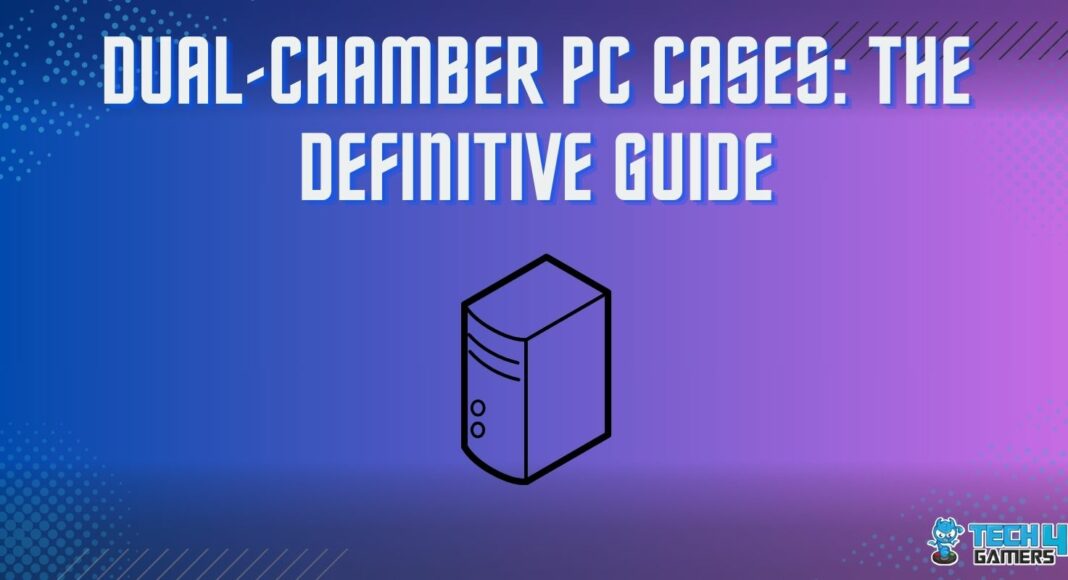
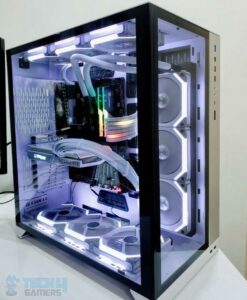

![PCIe Slots [Types, Generations & More] PCIe Slots](https://tech4gamers.com/wp-content/uploads/2023/08/HOW-TO-4-2-218x150.jpg)
![Can Overclocking Damage The GPU? [Answered] Can Overclocking Damage The GPU](https://tech4gamers.com/wp-content/uploads/2022/10/Can-Overclocking-Damage-The-GPU-218x150.jpg)

